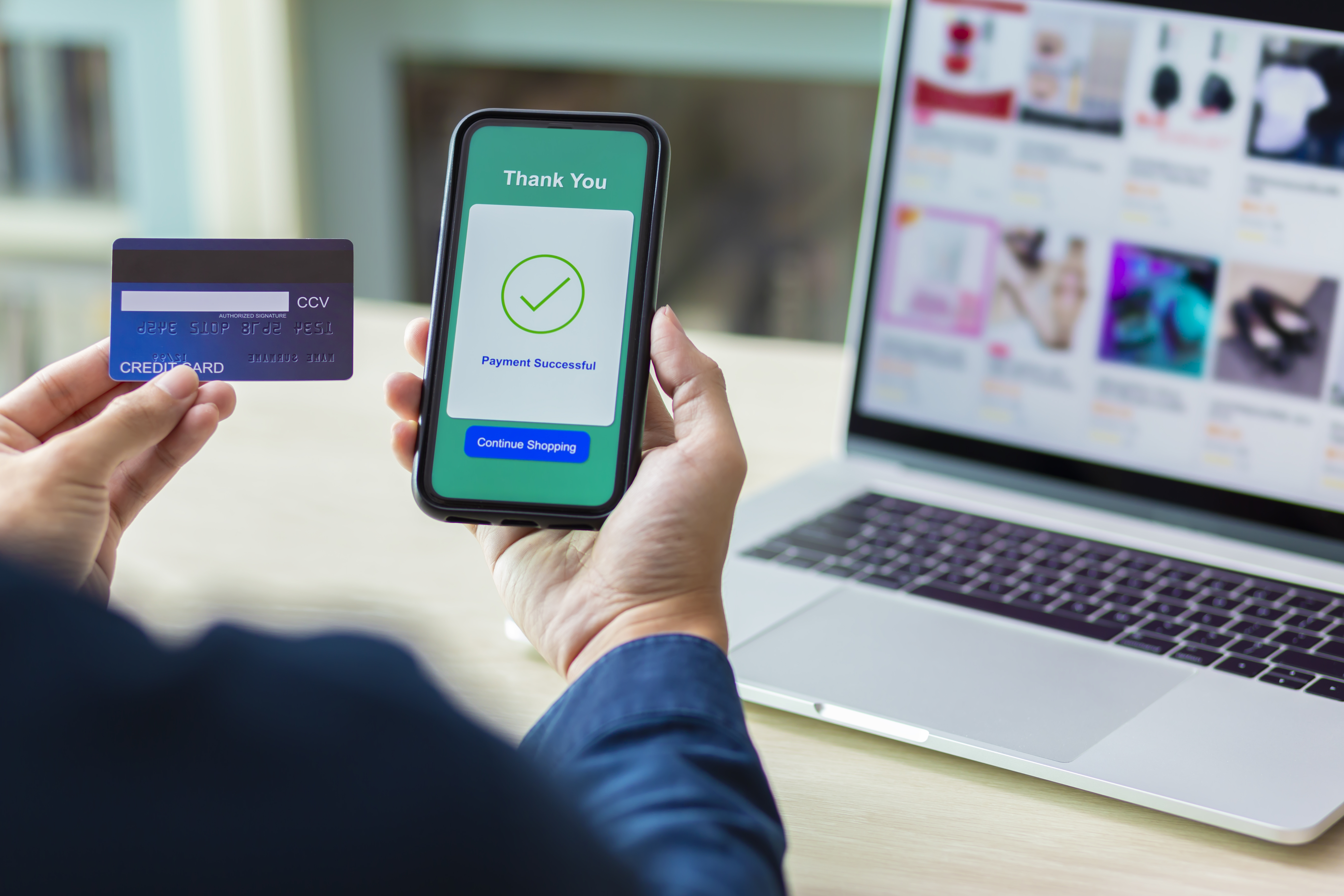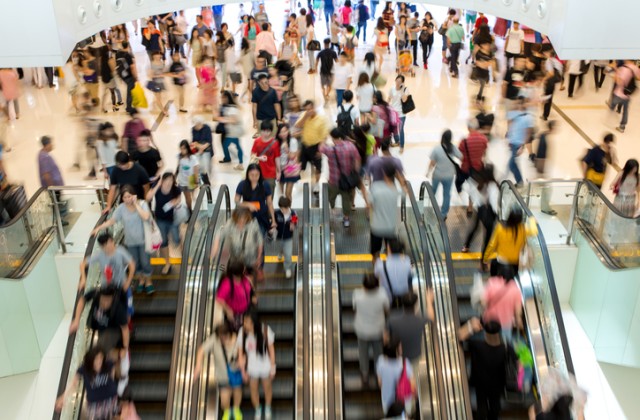 Shopping looks a little different these days. We prefer curbside pickup to the checkout line, we buy in bulk to limit unnecessary trips, and we will visit any retailer within a 60-mile radius if they have the last canister of sanitizing wipes. To adapt, retailers have had to quickly rethink the shopping experience and the supply chains that make it possible. Now, many are faced with uncertainty: How will these new consumer habits shape the future of retail?
Shopping looks a little different these days. We prefer curbside pickup to the checkout line, we buy in bulk to limit unnecessary trips, and we will visit any retailer within a 60-mile radius if they have the last canister of sanitizing wipes. To adapt, retailers have had to quickly rethink the shopping experience and the supply chains that make it possible. Now, many are faced with uncertainty: How will these new consumer habits shape the future of retail?
Below, we have three predictions. Two are aligned with current trends, and one is interesting but questionable. Read on to test your knowledge of the retail sector and learn about the developments impacting the industry. At the end, we will reveal which predictions are most likely to come true.
1. True or false: Omni-channel retail is accelerating.
With the COVID-19 pandemic, e-commerce revenue has jumped from low single digits to mid-20 percent of total revenue for many retail verticals. Customers are hooked on the convenience of services like “buy online, pick up in store.” Now, there’s no turning back. Although there are many people who look forward to browsing the aisles, just as many enjoy skipping the lines and visiting virtual kiosks instead. In the future, both kinds of customers will expect cross-platform offerings to not only continue but expand. They have previewed the future of convenience shopping, and they want it expedited.
Answer: True
2. True or false: Retailers are accountable for the end-to-end shopping experience.
Pandemic disruptions like toilet paper shortages have taught customers a lot about the supply chain, shipping and logistics. Despite that, there’s only one direction for customers to point the finger when the shopping experience goes wrong. A third-party shipper delays an online order? That’s a problem for the retailer. A supplier advertising a product before it’s stocked on shelves? That’s a problem for the retailer too, and the list goes on.
Today, it is not easy or even possible for customers to track down the party to blame when something goes awry. Unfortunately, this isn’t possible for every retailer either. Many lack visibility into what key stakeholders, like suppliers, manufacturers, marketers and distributors are doing. But leading companies have already adopted end-to-end visibility and agile planning processes to anticipate and avoid potential customer challenges, whether they start in the supply chain, on store shelves or during delivery. If customers already expect that capability, you can be sure the practice will soon be adopted by every retailer.
Answer: True
3. True or false: Customers will remain loyal to their favorite shops, even if they take time to catch up with the latest innovations.
In today's rapidly shifting environment, it can be easy to forget that the top dogs of retail – Target, HEB, Kroger and more – have been around for nearly a century and have seen their fair share of change during that time. Sure, some customers will insist on the latest and greatest. They’ll demand price matching or same-day pickup for out-of-stock items. But beloved retailers will always have a special place in customers’ hearts that no amount of disruption will change. Customers understand that patience is a virtue and they’re willing to wait. Take your time adjusting to the new environment knowing that today’s on-demand pace won’t shake their loyalty.
Answer: False
The truth about retail’s future: AI will drive business success
While your customers are likely amazing, companies around the world have watched as innovators dominate the markets by changing their approach to supply chain management and tapping into real-time, data-driven insights. Luckily, the capabilities driving the excellence of companies like Amazon aren’t exclusive.
AI and advanced analytics are available to any retailer. These abilities drive optimizations in demand and promotion planning that enable retailers to decrease planning time while advancing business outcomes. Retailers have improved forecast accuracy by as much as 30 percent and driven promotional sales uplift by three to five percent.
Learn more about the trends shaping the industry and the opportunities for retail and supply chain innovation in our whitepaper, The future of retail: Three trends and how artificial intelligence can drive business success.





